
Mentor: Pascal Lee
Title: Study of Noctis Landing as a proposed first landing site / exploration zone for humans on Mars
Description:
Pascal Lee studies the history of water on Mars and also works on planning the future human exploration of Mars. Dr. Lee has led over 30 expeditions to the Arctic and Antarctica to study Mars by comparison with the Earth. He also studies asteroids and the two moons of Mars. His first book, Mission: Mars, won the 2015 Prize for Excellence in Children’s Science Books from the American Association for the Advancement of Science.
Noctis Landing is a Proposed First Landing Site/Exploration Zone for Humans on Mars currently under consideration by NASA. The student will work with Dr. Pascal Lee at the SETI Institute and the Noctis Landing Team to help characterize the site using existing Mars spacecraft data and Google Mars mapping and visualization tools.
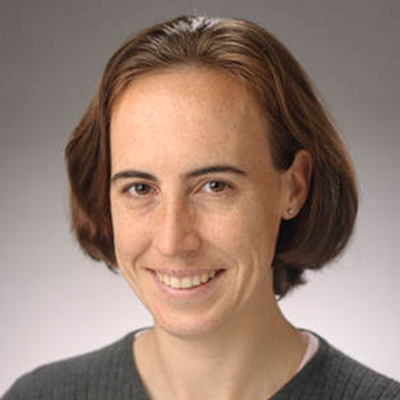
Mentor: Ann Marie Cody
Title: Exoplanets and their Formation: the Kepler View
Description:
Ann Marie Cody is an astronomer at NASA Ames, working on the study of young stars and planets observed with NASA's Kepler and K2 Missions. Over the past decade, the Kepler Space Telescope targeted hundreds of thousands of stars. Astronomers are using the resulting data to study stellar variability and identify exoplanets. As part of its missions, Kepler observed a number of crowded star regions, which are challenging to analyze. While the associated images contain a wealth of variability data, few researchers have touched them to date.
The REU student will work to create and analyze light curves using advanced crowded photometry methods such as point spread function fitting. He/she will use these light curves to accomplish one or more science goals: 1) Search for signs of planets that have not yet been detected. The student will examine the light curves for transits and investigate the properties of any potential planets found. 2) Measure the rotation rates of spotted young stars and determine whether the results depend on the presence of a surrounding protoplanetary dust disk.
Some Python programming experience is recommended; the REU student will be encouraged to contribute to the Kepler/K2 team's open software repositories.
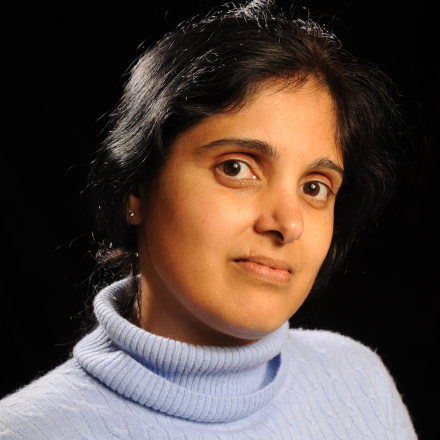
Mentor: Uma Gorti
Title: Surface density distributions of gas and dust in disks from ALMA emission maps and line profiles
Description:
The Atacama Large Millimeter Array, or ALMA, has been revolutionizing our understanding of disks around young stars and how they form planetary systems. It is currently believed that most of the solid material in disks is assembled into planets while most of the gas is dispersed on very short timescales. The availability of gas, or lack thereof, largely determines whether a disk predominantly forms gas giants (Jupiters) or rocky planets (Earths or SuperEarths). The goal of this project is to determine the inventory of solid and gas material in disks that is available for planet formation at various stages by analyzing observed emission. The work involves using existing numerical models to simulate disk emission and compare synthetic line profiles and emission maps with ALMA data to infer basic properties of disks including surface density distribution, temperature, and chemical inventory.
The project is computational in nature and therefore programming experience is required. A physics background is preferred.
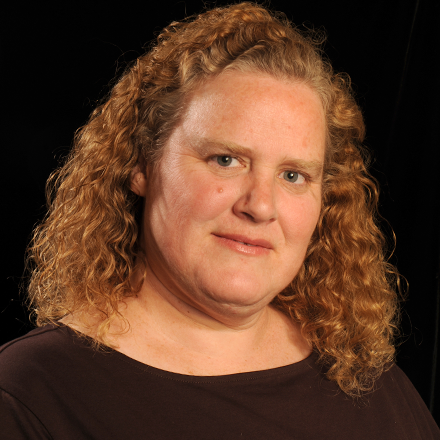
Mentor: Virginia Gulick
Title 1: Fluvial and hydrothermal studies using high-resolution images, Digital Elevation Maps, and spectral data
Description:
Fluvial and hydrothermal studies using HiRISE images and Digital Elevation Maps, combined with CTX, HRSC, or other data sets. These studies are focused mostly on the formation of gullies and other fluvial landforms on Mars. Terrestrial analog sites, hydrologic, or landform models will be used to illuminate the importance of various processes as well as understanding the implications for paleoclimatic change. Opportunities are also available for HiRISE science operations support, including help with science planning and targeting, and analysis of acquired data. Geology background especially in geomorphology and hydrology is desired. Experience working with ENVI, Matlab, ISIS and Python is helpful.
Title 2: Developing science analysis algorithms for future planetary missions
Description:
We use innovative laboratory techniques to study about a thousand rock and mineral samples. We test Ramen spectrometers to identify instrument and automated computer mineral identification algorithms that might be used on future Mars rover missions. The student would work to acquire new images of our samples using a better imaging system and new Raman spectra of our samples. A well-qualified student could also work to improve our automated mineral identification algorithms. Students with experience in computer programming (C++), MATLAB, signal processsing, or rock sample analysis (in hand sample and thin sections) preferred.
Title 3: Developing collaborative science and crowdsourcing websites
Description:
This project aims to go beyond our original crowdsourcing websites Mars Clickworkers (developed in 2000) and HiRISE Clickworkers site (2007-2010) to a new level of collaborative science. Students with significant experience in web design and web tools development, in JAVA or PHP for example. Some geology background is also helpful.
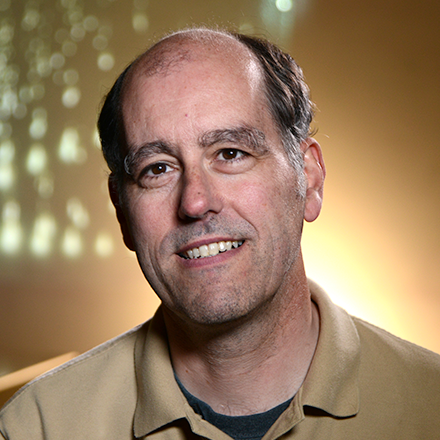
Mentor: Peter Jenniskens
Title: How the comet crumbles
Description:
Peter Jenniskens uses meteors as a tool in astronomy. He is conducting a surveillance of the night sky to map our meteor showers in order to understand which comets and primitive asteroids are responsible for them (http://cams.seti.org). Part of this program is the production of lightcurves (a plot of how the brightness changes with time).
Comets release meteoroids that have different physical strength. Some break readily when impacting the Earth's atmosphere and produce a short meteor with an irregular lightcurve. Others break more gradually, producing a long meteor with a featureless lightcurve peaking towards the end. Between these extremes, a wide variety of lightcurve shapes are observed. Using an existing database of over 300,000 video-derived lightcurves from meteors that belong to one of tens of known meteor showers, as well as the sporadic background, the student will investigate how meteoroids differ from one parent comet to another.
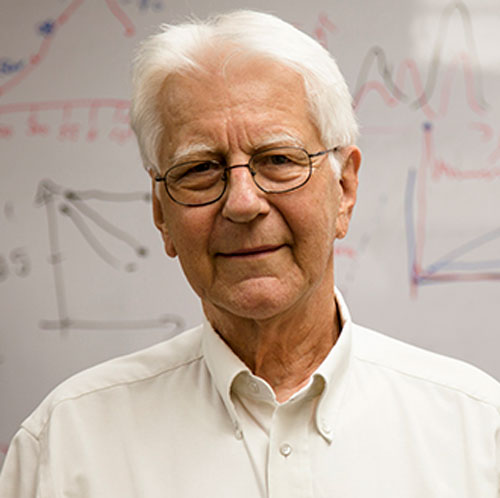
Mentor: Friedemann Freund
Title: Electrostatic Charging: a Universal Problem
Description:
All non-conducting materials have the tendency to become electrostatically charged when moved or touched. This is particularly evident in powdered materials, which can become charged to the point of producing sparks. The mechanism of charging is still poorly understood.
This REU Summer Project aims at unraveling some of the mysteries surrounding the electro-static charging that develops when finely-divided planetary surface materials (dust or regolith) are moved by winds such as on Mars and become electrostatically charged. Experimentally, fine glass beads will be tumbled in closed glass jars. The working hypothesis is that the surface of the glass beads is hydroxylated (as many other surfaces are as well) and that, at the point of contact between beads, a redox conversion takes place between hydroxyls on opposite sides of glass-glass contacts. During this reaction, the hydroxyl protons take over an electron from their oxygens, turn into H2, while the two oxygens change from O2– to O– and form a peroxy bond. This peroxy bond is broken as the two glass beads separate again, generating an electron and a hole state. While the electron stays put at the point of separation, the hole state represents a highly mobile charge carrier, allowing for charge to flow away.
The project will involve recording the electric potentials and changes in electrical resistance during electrostatic charging of the glass beads, being tumbled under different atmospheres. It will involve measurements of the characteristic infrared emission spectra during recombination of the holes to peroxy. The IR emission changes have been predicted but not yet demonstrated.
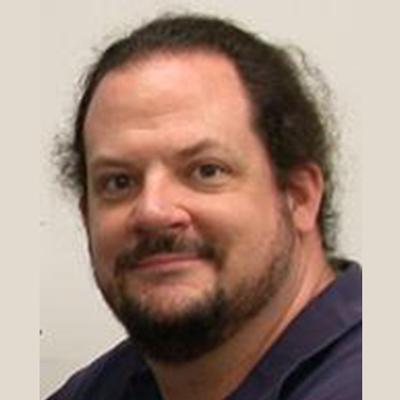
Mentor: David Summers
Title 1: Microbial detection at low levels by iodine-125 radiolabeling
Description:
This work would develop a new method for the detection of microorganisms for planetary protection purposes. It would accomplish this by the detection of an organism’s protein through labeling them with a radioactive label, iodine-125. This would provide greater sensitivity and universality while preserving a good turn-around time for analysis. By utilizing a universal biosignature (cell proteins), this method provides broad generality with regard to the range of organisms that can be detected and isn’t restricted to any type(s) of organism, the ability of the organisms to be cultured, etc. This work would develop a quick and simple method for detecting the proteins from cells. This laboratory-based project would involve: 1) Separation of cells/spores, 2) Lysis of cells, 3) Labeling of released proteins and separation from unreacted label and 4) Detection by standard or multiphoton detection.
Title 2: Biosignature detection
Description:
We are currently studying the detection of biomarkers - organic compounds that represent biosignatures of life - in mineral samples. We study where they can be found, how they can be found, and why they are there. This is so we can better search for biosignatures when we look for life on Mars. This project, in collaboration with other members of the SETI Institute’s team in the NASA Astrobiology Institute, will use IR microscope methods to detect and characterize organic samples that have been obtained from the Atacama desert.

Mentor: Franck Marchis
Title: The Study of Asteroids with the eVscope Network
Description:
The SETI Institute has partnered with Unistellar to develop the scientific component of the eVscope, a smart and robotic telescope capable of observing the dark sky with unprecedented quality allowing the users to see galaxies, nebulae and more deep sky objects in color but also conduct scientific investigations for professional astronomers. We have been investigating the potential of the eVscope for occultation events over the past 6 months, and we have developed tools that will allow the eVscope to track and observe potentially hazardous asteroids during close flybys to our planet. Observations of active comets and asteroid light curves have been collected to illustrate the potential of the eVscope for the study of small solar system bodies.
The intern will participate in data collection, data processing, analysis, and scientific investigations made with those eVscopes. Several eVscopes will be used to collect additional data during the internship with an emphasis on transient events (comets, asteroid flybys, asteroid occultations). The intern will work with Franck Marchis, Senior Astronomer at the SETI Institute and Chief Scientific Officer at Unistellar, as well as with SETI Institute research assistant Martin Costa on a daily basis.
Excellent knowledge in Python is required. Good writing skills and strong interest in observational astronomy is necessary.
Warning: This is not a 9am-5pm job, since the intern will participate in nighttime astronomical observations and could potentially travel to different locations to participate in observing occultation events (1 or 2 during the internship).
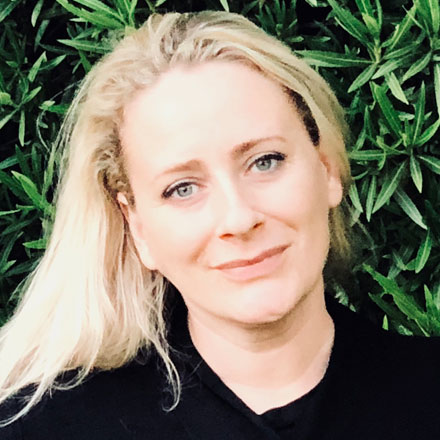
Mentor: Kathryn Bywaters
Title: Nanopore technology for the detection of biosignatures
Description: Dr. Kathryn Bywaters’ research focuses on astrobiology related issues, including where and how to look for signs of life within our solar system. The detection of oceans beneath the icy surfaces of the moons in the outer Solar System has energized the field of Astrobiology. As a result, the search for life has become an important objective for future missions to these worlds. One approach, in the search for life, is a direct search for genetic molecules; that is molecules that encode the genetic data necessary for the functioning and replication of life organized in the form of heteropolymers (i.e., polymers that contain more than one type of subunit). Nanopore-based technology has the potential for in situ detection and characterization of molecular biosignatures on missions to other planetary bodies.
Recent technological advancements in nanopore analysis make it possible to detect polyelectrolytes and even sequence linear polyanions such as nucleic acids. The student will work with nanopore-based technology to detect classes of biologically relevant compounds and resolve complex mixtures to distinguish biogenic from abiogenic molecules. These studies will focus on analyzing samples similar to those that would be collected from Europa or Enceladus (e.g. high pH, ammonia brines).
Co-Mentors: Jon Richards and Andrew Siemion
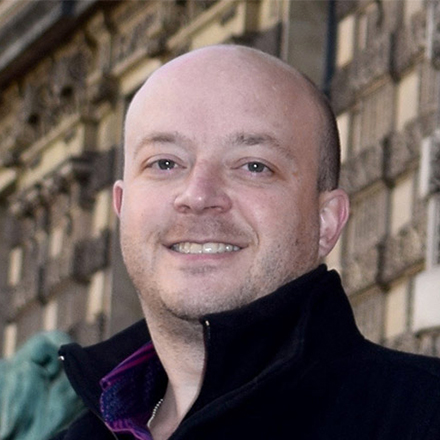
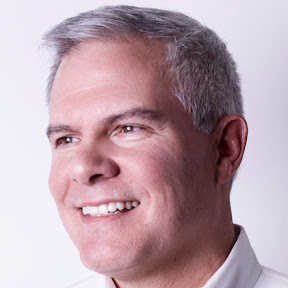
Title: Characterizing fast radio bursts as possible technosignatures
Description: The Allen Telescope Array (ATA) team is currently commissioning a new observing capability to search for brief flashes of radio emission known as fast radio bursts (FRBs). FRBs are currently a topic of significant interest in the radio astronomy community, and the mechanism producing their emission remains a mystery. Although the most likely explanation for FRBs is a natural source, broadband pulsed radio emission like that seen from FRBs is a potential indicator of a distant extraterrestrial technology - a “technosignature." Therefore, adding the capability to search for FRBs boosts the power of our SETI efforts with the ATA. In this project, the selected student will work with the ATA team to develop a software pipeline to search for millisecond-scale impulsive radio emission using standard pulsar astronomy tools. After first conducting a survey to identify a portion of the radio spectrum relatively free of interference, the student will perform observations of known sources of pulsed emission (pulsars) and confirm the performance of the software pipeline. If time permits, the student will also undertake a search for broadband radio emission exhibiting unusual properties that could be indicative of a distant artificial source.
This project requires experience with linux/unix and software development (programming). One day per week, the project will require an hour-plus commute by train (expenses covered) to the University of California, Berkeley to meet with the mentor and ATA team.

Mentor: Matthew Tiscareno
Title: Cassini imaging of Saturn’s rings
Description:
The Cassini spacecraft concluded its 13-year mission at Saturn with a 10-month “Grand Finale,” during which it obtained (among other things) unprecedentedly close-range images of Saturn’s rings from December 2016 to September 2017. The student and mentor will work together to find features of interest in these images and will address them by processing Cassini images to characterize features within the images and to determine the geometry and position of such features. As time allows, follow-up work will involve describing and understanding the features identified in the first part of the work.
Qualifications:
Because Saturn’s rings are a dynamical system, physics or astronomy majors would be best suited, especially if they have taken classical mechanics at higher than freshman-level. Since this project involves using computational tools to process images, we seek individuals who are comfortable with computers and computer programming.
